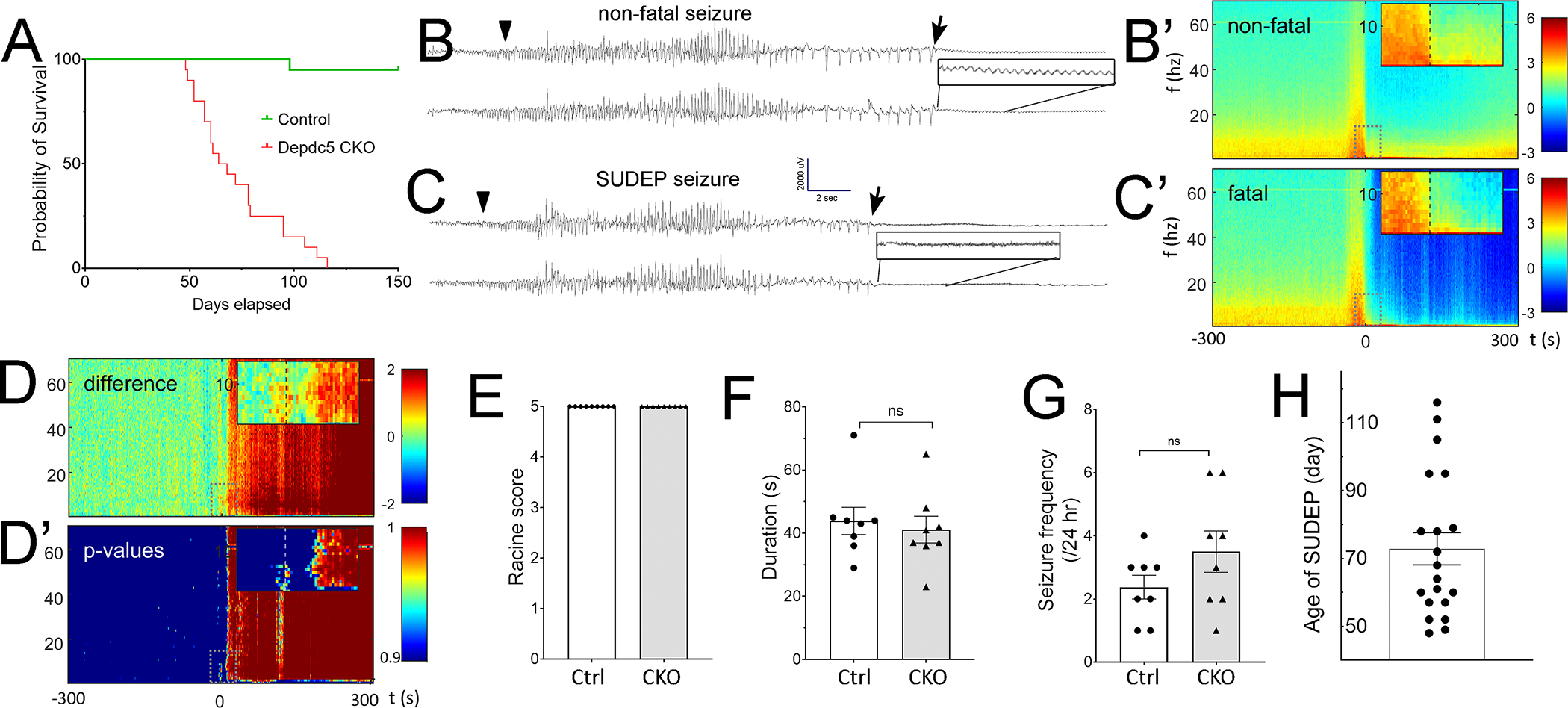Figure 4. Rbp4-Cre; Depdc5F/F CKO mice develop SUDEP.

A) Rbp4-Cre; Depdc5F/F CKO mice (red line, n=20) have a shortened lifespan and die by 4 months of age. In contrast, control (green line, n=19) and Nkx2.1-Cre; Dedpc5 CKO (data not shown) mice survive beyond 6 months. B, C) Representative EEG examples of the last non-fatal B) and fatal seizure C) recorded from the same animal. The arrowhead and arrow indicate the ictal onset and ictal offset, respectively. Immediately following the ictal offset, generalized EEG suppression is seen in both non-fatal and fatal seizures. However, Close-up visual examination (black boxes) reveals that low amplitude monotonous theta frequency activity is preserved only in non-fatal seizures. B’, C’) Mean spectrograms showing log10 (power) for non-fatal (B’, n=16) and fatal seizures (C’, n=8) in the 0–70 Hz frequency bands. Insets show −20 s to +30 s from seizure offset (time 0, dashed line) and frequencies from 0 to 15 Hz. Immediately after the ictal offset, spectrograms display decreased power in the 0–10Hz band in fatal seizures, confirming the electrographic findings. D) Difference between mean log10(power) spectrograms (non-fatal – fatal). D’) p-values that the difference between fatal and non-fatal seizures arose due to chance alone as a function of time and frequency. A significant difference (p<0.05, inset) is observed immediately after the ictal offset in the theta frequency band. E) The last non-fatal seizures and fatal seizures are generalized tonic-clonic seizures. F) The last non-fatal and fatal seizures have similar seizure duration. G) The seizure frequency does not increase significantly on the day of non-fatal seizures. H) Quantification of the age of SUDEP.
